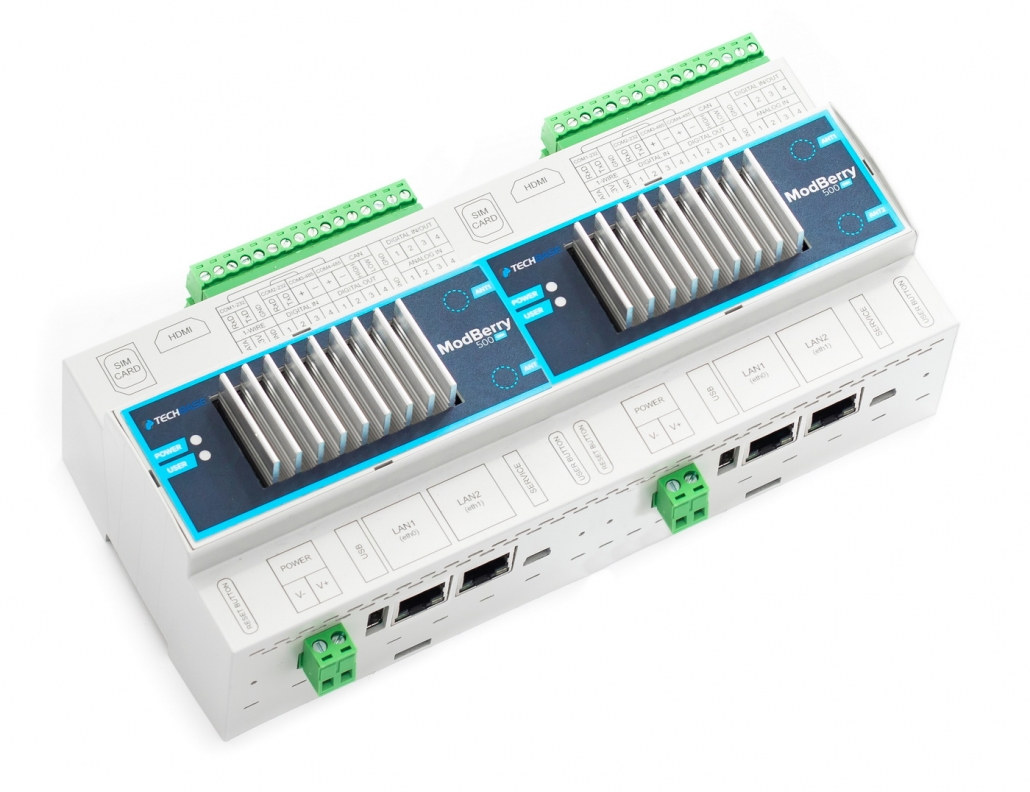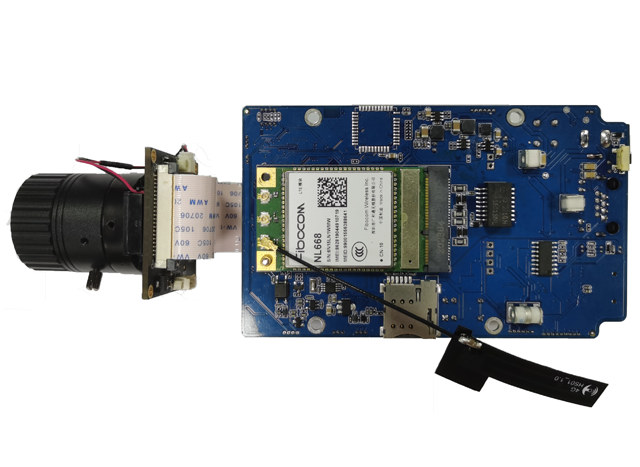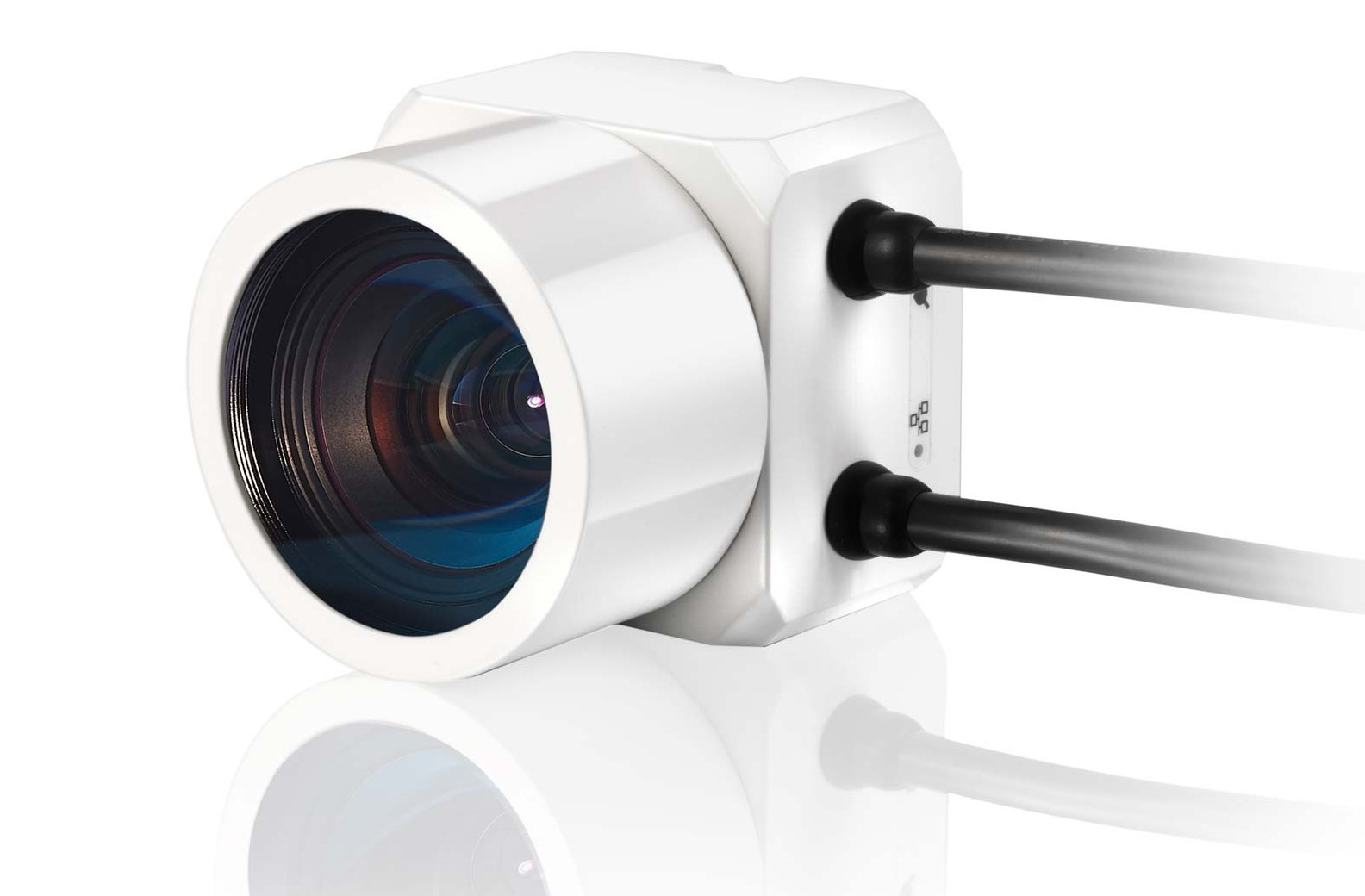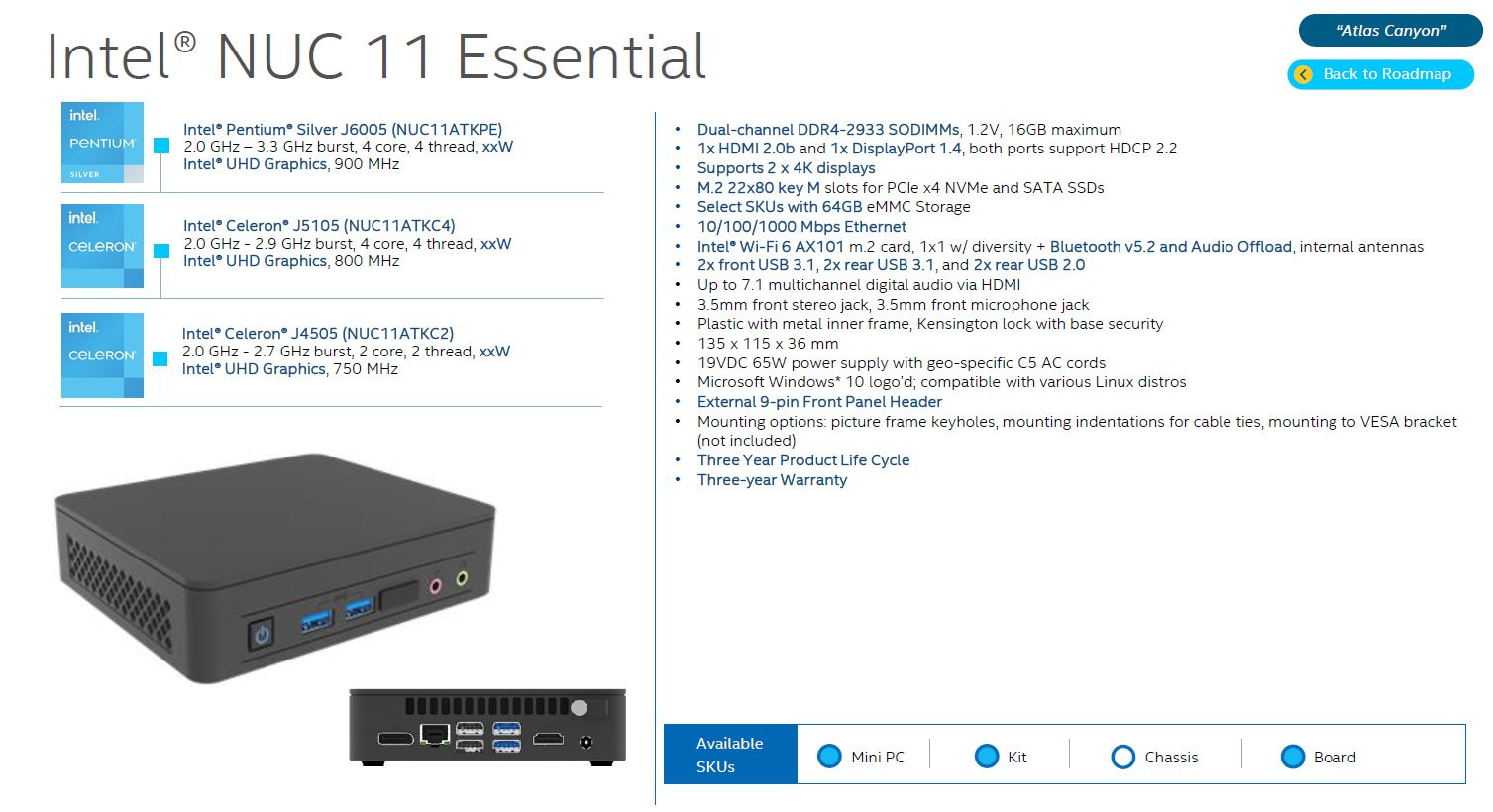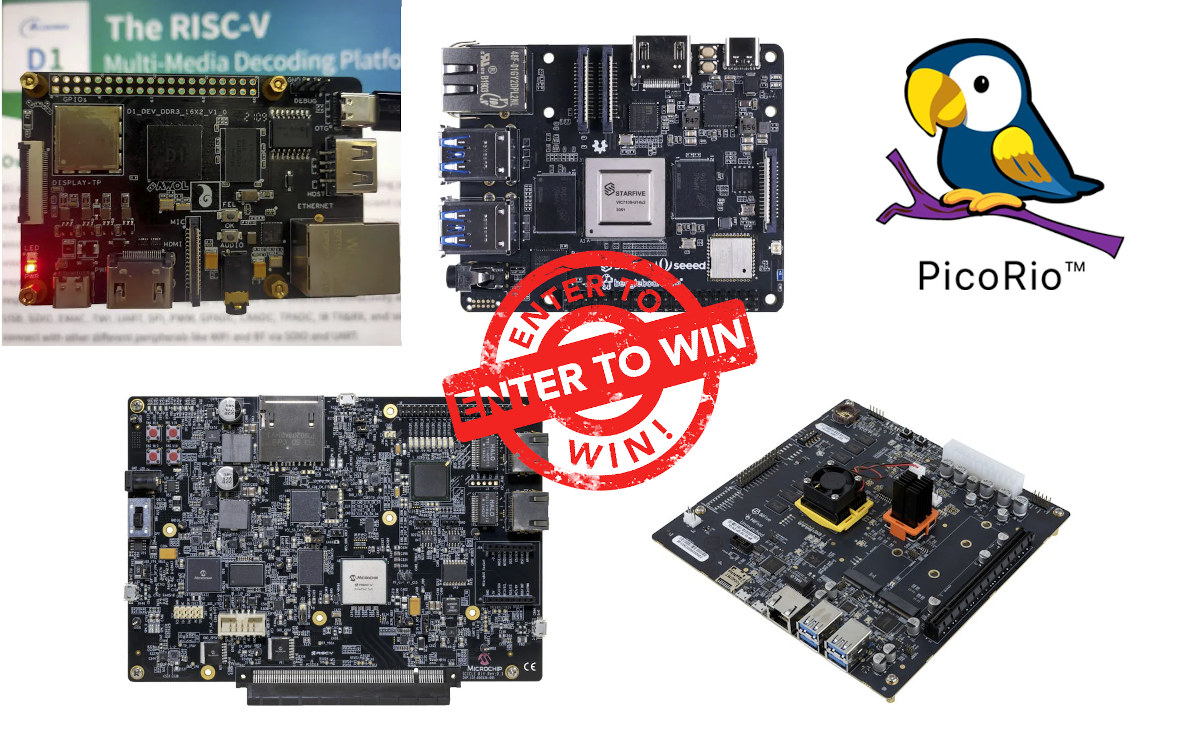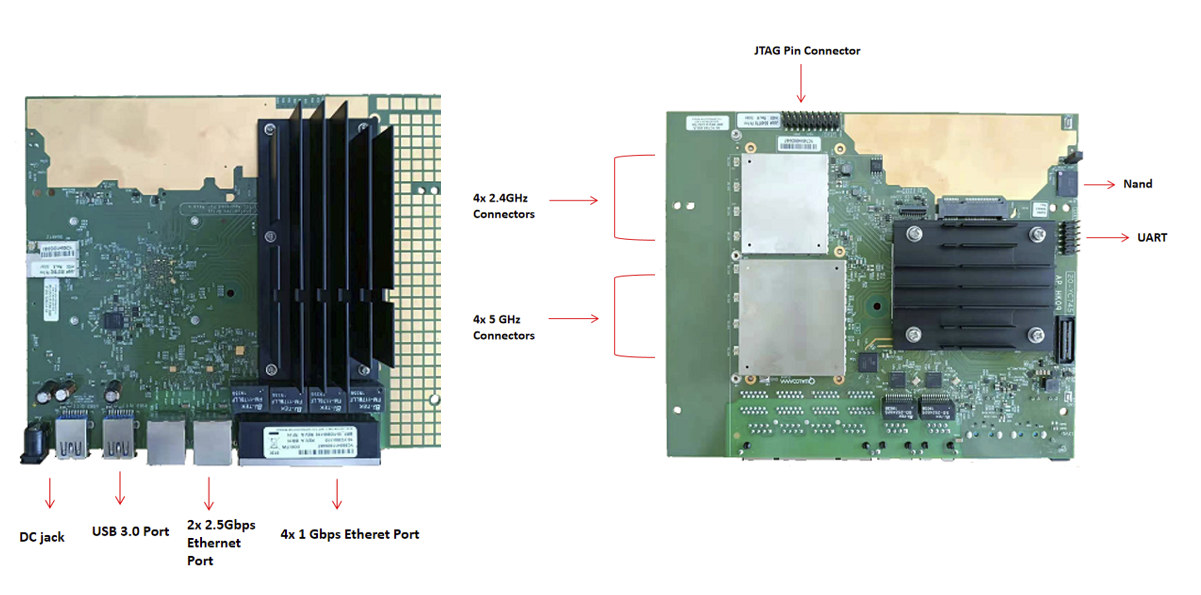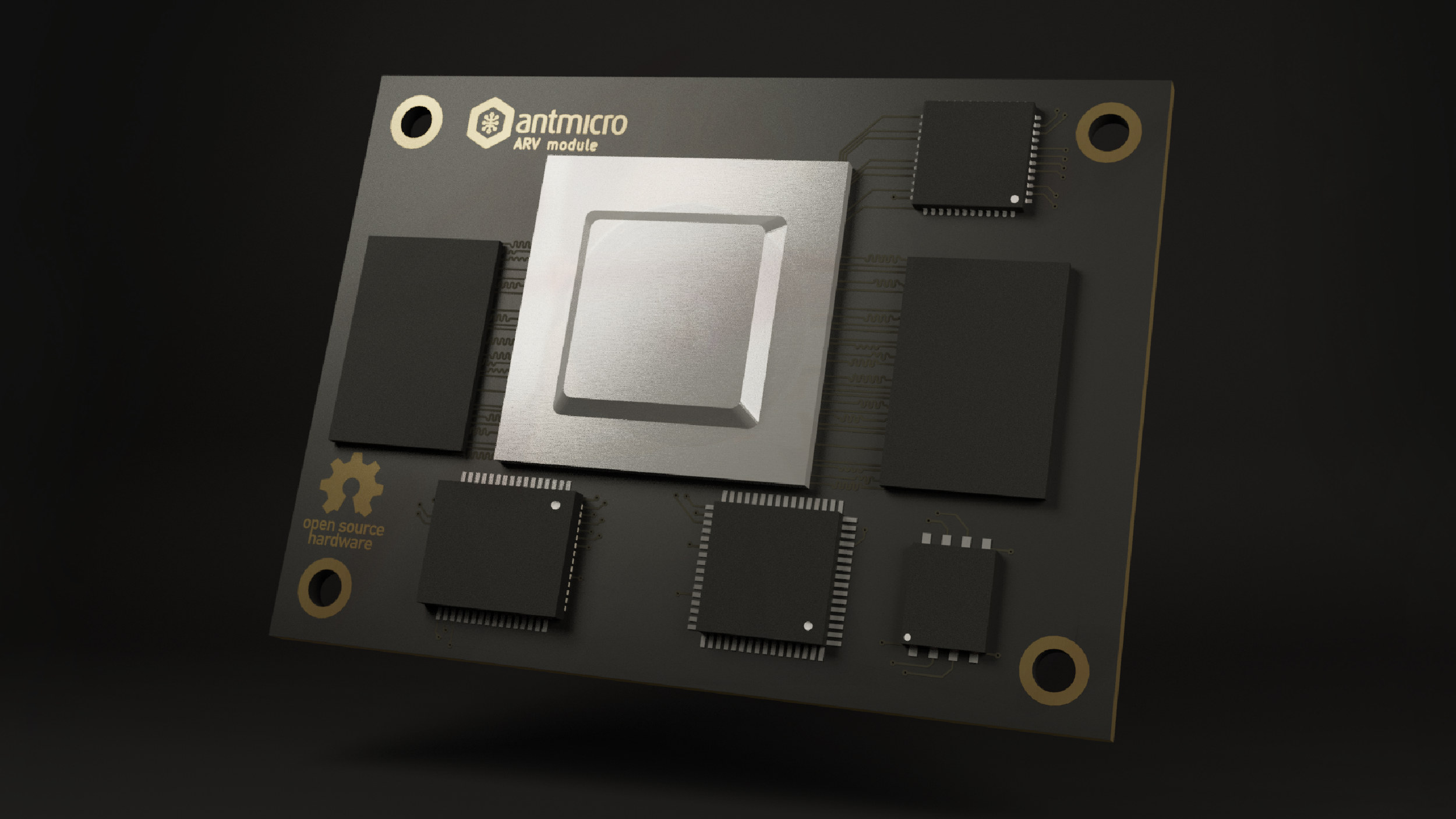Earlier this year, Techbase introduced the ClusBerry 9500-CM4 cluster system for industrial IoT that can take up to eight Raspberry Pi Compute Modules 4 housed in a DIN rail enclosure. But for smaller projects and IoT prototyping, the company has now designed ClusBerry-2M, a smaller cluster device including two independent ModBerry I/O mainboards and two Compute Module 4’s that’s equivalent to two ModBerry 500-CM4, but with support for software cluster management tools such as Docker and K3s Lightweight Kubernetes. The company did not share the full ClusBerry-2M specifications, but we can derive most of the features from the photos, previous products features, and the announcement: SoM – 2x Raspberry Pi Compute Module 4 with Broadcom BCM2711 quad-core Cortex-A72 processor @ 1.5 GHz, 1 to 8GB RAM, up to 32GB eMMC flash. Storage – 2x M.2 slots for NVMe SSDs Video Output – 2x HDMI 2.0 ports Connectivity 4x Gigabit Ethernet […]
SigmaStar SSC33x Camera SoCs are pin-to-pin compatible with Hisilicon Hi3516/Hi3518 processors
We’ve been writing a fair amount of posts about SigmaStar SSD201/SSD202D processors for smart displays in recent times. But the company also has various camera SoC’s with SSC333, SSC335, SSC336, SSC337, SS338, and SSC339 parts. Those processors feature one or two Cortex-A7 core, embedded RAM, as well as an optional AI accelerator called DLA (Deep Learning Accelerator). The chips manufactured using a 28nm or 22nm process, with the latter being used for parts with the AI accelerator. Most of the Sigmastar SCC33x processors also happen to be pin-to-pin compatible with HiSilicon Hi3516 or Hi3518 SoC that are found in a wide range of IP cameras. Let’s take SSC336D/SSC336Q processor as an example since it comes with the AI accelerator and we have a datasheet courtesy of linux-chenxing.com. SigmaStar SSC336D/SSC336Q camera SoC key features & specifications: CPU – Dual-core Arm Cortex-A7 processor @ 1 GHz with Neon and FPU Embedded Memory […]
Imago “VisionAI” Smart AI Camera supports Tensorflow Lite & AutoML Vision Edge
Imago Technologies GmbH “VisionAI” is a programmable Smart AI camera that combines a quad-core Cortex-A53 processor @ 1.8 GHz together with Google Edge TPU, and designed for embedded image processing applications in the fields of AI, Deep Learning, and Machine Learning. The smart camera supports TensorFlow Lite and AutoML Vision Edge frameworks, and is suited for tasks such as pattern recognition, classification, anomaly or defect detection in inspection applications, code reading, and other machine vision applications. Imago VisionAI (VisionSensor PV3 AI) camera specifications: SoC – Unnamed quad-core Arm Cortex-A53 processor @ 1.8 GHz (likely NXP i.MX 8M Mini) AI Accelerator – Google Edge TPU with up to 4 TOPS of AI processing power System Memory – 2 GB DDR4 RAM Storage – MicroSD card up to 32GB Connectivity – Gigabit Ethernet M12 connector Camera 1/1.8” 5MP mono or color CMOS sensor with 2560 × 1936 pixels resolution, up to 65 […]
Intel Atlas Canyon NUC to feature Jasper Lake J-Series processors (Leak)
Intel Jasper Lake N-series low-power processor family was introduced as an update to the Gemini Lake family last January, and the first Jasper Lake mini PC’s have just started to show up with mass production scheduled in mid-May. But now, courtesy of FanlessTech, we have more information about Intel Atlas Canyon NUC that will be offered with a choice of three Jasper Lake processors, namely Pentium Silver J6005, Celeron J5105, and Celeron J4505, all of which are J-series, and have yet to be announced/listed on Intel Ark website. Intel NUC 11 Essential “Atlas Canyon” specifications: SoC NUC11ATKC2 – Intel Celeron J4505 dual-core processor clocked at 2.0 GHz / 2.7 GHz (Burst) with Intel HD Graphics @ 750 MHz NUC11ATKC4 – Intel Celeron J5105 quad-core processor clocked at 2.0 GHz / 2.9 GHz with Intel HD Graphics @ 800 MHz NUC11ATKPE – Intel Pentium Silver J6005 quad-core processor clocked at 2.0 […]
RISC-V International to give away 1,000 RISC-V development boards
The best way for a new platform to get good software support is to bring hardware into the hands of developers. That’s exactly what RISC-V International is doing by inviting developers to sign up for a RISC-V developer board sponsored by RISC-V and contributing members. There are 1,000 boards on offer with 1GB to 16GB RAM depending on the target project from five companies and organizations namely Allwinner, Beagleboard.org, SiFive, Microchip Technology (previously Microsemi), and RIOS. Here are the stated goals of the giveaway: Spur innovation Enable new opportunities for the next generation of developers to work with the RISC-V ISA Provide a platform For testing To write programs that run on RISC-V Develop software Integrate existing software stacks Optimize ecosystem software Share feedback on the product such as ease to integrate software stacks, develop and test extensions, etc. The company did not provide an exact list of development board […]
Allwinner D1 RISC-V processor SDK & Documentation
We published information about Allwinner D1 SBC and processor a few weeks ago. The news was pretty interesting as it’s the first RISC-V processor from the company, and one of the first affordable RISC-V SBC. But all we had at the time was hardware information from a leak, or rather from China-only Allwinner developer website. But now the company has added more information to its open-source development website with the release of documentation, now only in Chinese, as well as the Allwinner D1 Tina SDK. Eventually, there should be a better SDK via linux-sunxi community and some are already working on the Allwinner D1 SBC, but let’s try to get the SDK from Allwinner and build the code from source using the documentation. First, you’d need to register on Allwinner open-source website and click on signup. You’ll probably want to select Email registration. Now fill your username, select a country, […]
DR8072A embedded router board offers dual 2.5 GbE, WiFi 6 connectivity
We’ve previously found Qualcomm IPQ8072A quad-core Cortex-A53 networking processor in WPQ873 embedded SBC with support for WiFI 6, three GbE ports, one 2.5GbE port, and support for 5G M.2 modems. The design was adapted from Qualcomm HK09 reference design, and now another company, Wallys Communications, has launched another board based on HK09. DR8072A embedded router board is somewhat similar to WPQ873, but does come with two 2.5GbE ports instead of just one, one extra Gigabit Ethernet port, among other smaller changes. DR8072A specifications: SoC – Qualcomm Atheros IPQ8072A quad-core ARM 64 bit A53 @ 2.2GHz part of Qualcomm Networking Pro 600 Platform System Memory – 1x 512MB, DDR4 2,400 MHz 16-bit interface Storage – 256MB NAND flash, 8MB NOR flash Networking and Wireless Connectivity Ethernet 4x Gigabit Ethernet RJ45 ports 2x 2.5 Gbps Ethernet RJ45 ports WiFi On-board 4×4 2.4GHz MU-MIMO OFDMA 802.11b/g/n/ax, up to 1182 Mbps, max 17dBm per […]
Antmicro ARVSOM offers StarFive JH71x0 RISC-V processor, Raspberry Pi CM4 compatibility
The Linux capable BeagleV SBC, now called “BeagleV Starlight”, was announced last January with a StarFive JH7100/JH7110 64-bit RISC-V processor, and developers and beta users have just started to get their hand on the board in recent days. But there’s another StarFive JH71x0 hardware in the works with Antmicro ARVSOM. The system-in-module will feature the dual-core RISC-V processor, and be compatible with Raspberry Pi CM4, and by extension Antmicro’s Scalenode server-oriented baseboard. The company did not provide the complete specifications for the module, but based on public information available, Antmicro ARVSOM should feature the following: SoC – StarFive JH7100 Vision SoC: RISC-V U74 dual-core with 2MB L2 cache @ 1.5 GHz Vision DSP Tensilica-VP6 for computing vision NVDLA Engine 1 core (configuration 2048 MACs @ 800MHz – 3.5 TOPS) Neural Network Engine (1024MACs @ 500MHz – 1 TOPS) VPU – H.264/H.265 decoder up to 4Kp60, dual-stream decoding up to 2Kp30 […]


